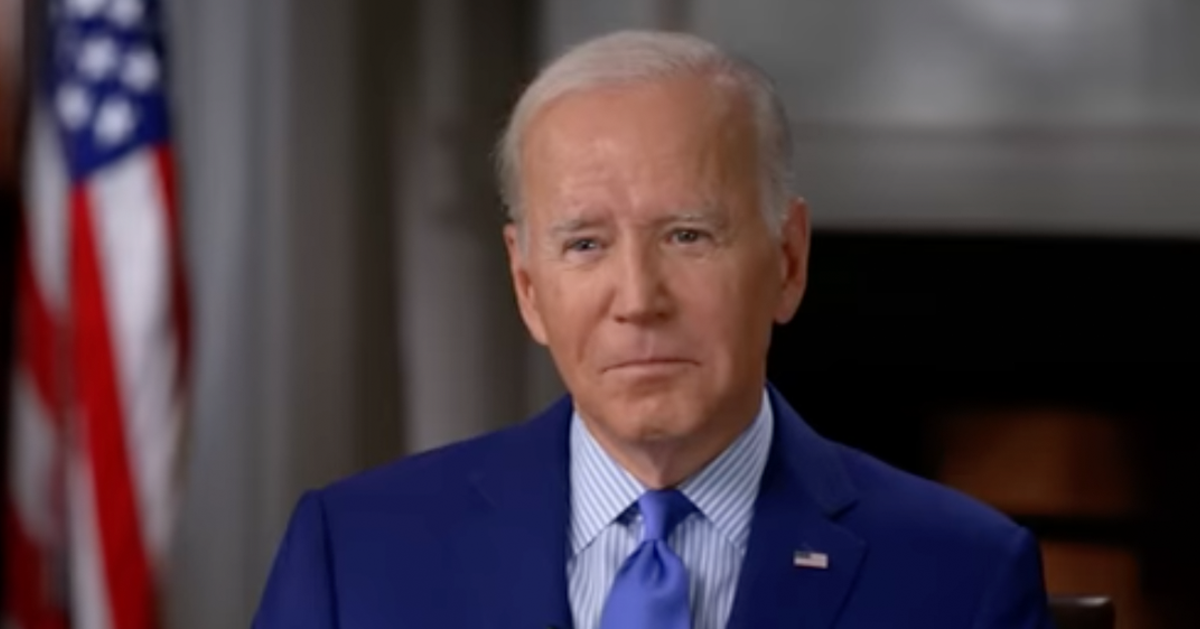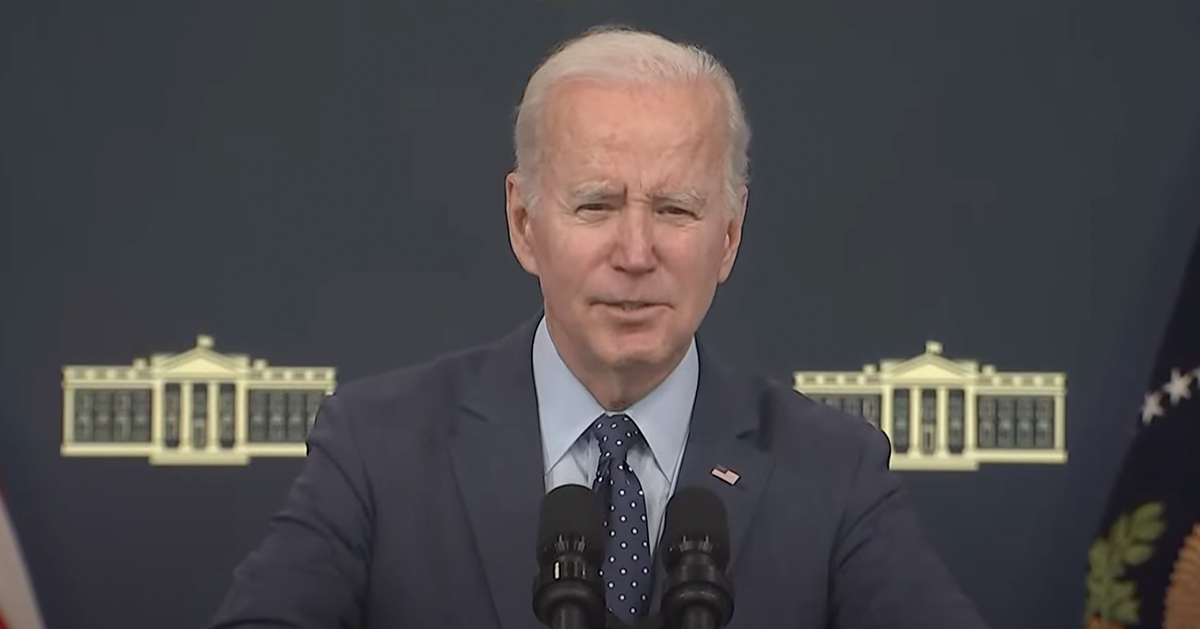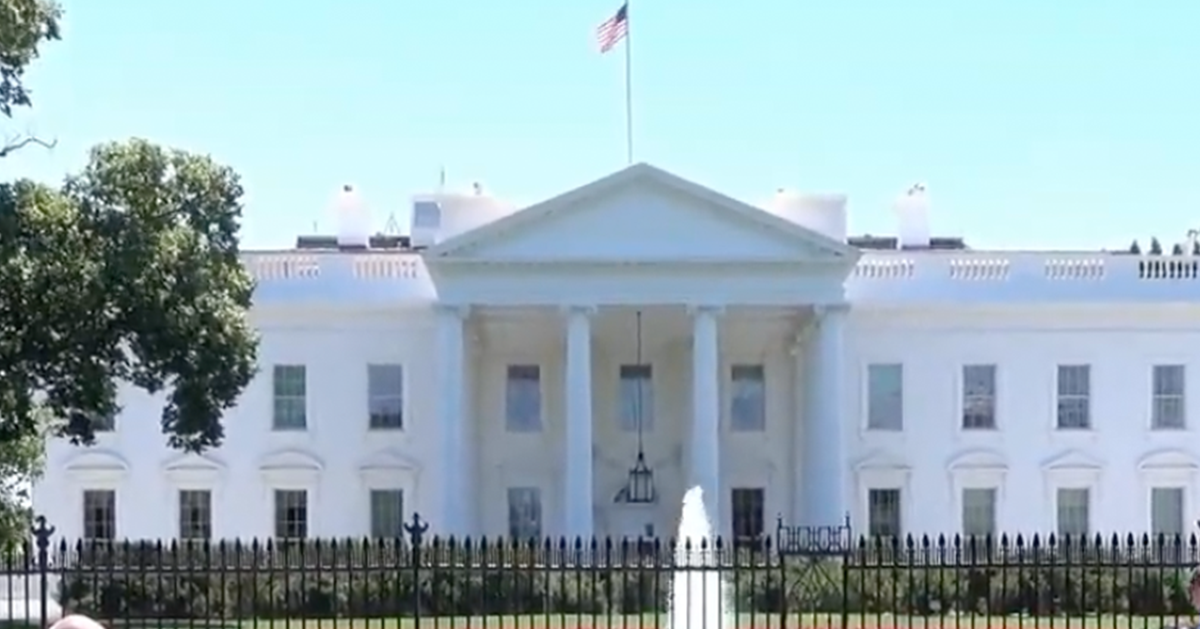Biden attempts to push EVs fall short as Ford slashes Lightning production
Ford Motor Company has announced a cutback in production of the F-150 Lightning electric truck amidst signs of waning demand for electric vehicles.
This move will affect approximately 1,400 workers at the company's Rouge Electric Vehicle Center in Michigan.
The decision arrives at a time when the automotive industry is witnessing a growing sense of caution among consumers, primarily due to the elevated costs of EVs and the inadequate charging infrastructure, as the Daily Mail reported.
Understanding the factors behind Ford's strategic shift
The company has expressed its expectation for sustained, although moderated, growth in global EV sales in 2024.
Ford's strategic move to trim down production is aimed at striking an ideal equilibrium between manufacturing, sales expansion, and profitability.
While the F-150 Lightning witnessed a significant 55% surge in sales in 2023, and anticipations for further growth remain, the company had to reduce the price of its entry-level models by nearly $10,000 earlier.
By contrast, the demand for traditional gasoline-powered vehicles remains robust. Ford has disclosed plans to bolster production of its Bronco sport-utility vehicles and Ranger pickups by introducing nearly 900 new jobs at its Michigan Assembly Plant in Wayne.
This decision underscores the persistent consumer preference for conventional vehicles over their electric counterparts.
A mixed picture in the auto industry's transition to electric
Despite the incremental rise in Ford's stock by about 0.6% during midday trading on a recent Friday, the broader auto industry appears to be recalibrating its ambitions concerning EVs.
This reassessment stems from the slower-than-expected growth in EV adoption, fueled by consumer apprehensions about vehicle costs, recharging logistics during long journeys, and the sluggish pace of expanding national recharging facilities.
Recognizing these challenges, the White House has recently announced new investments totaling $325 million, aimed partly at enhancing the EV charging infrastructure across the nation.
This initiative is expected to facilitate the repair and replacement of EV chargers, thereby addressing one of the critical concerns impeding EV adoption.
Global competition intensifies in the EV market
Amidst the evolving landscape of the EV market, American automakers find themselves in an increasingly competitive environment.
International players like India's Tata and China's BYD are exerting substantial pressure.
Notably, BYD is on the verge of surpassing Tesla as the leading EV manufacturer globally, a development that carries significant implications for the industry's dynamics.
BYD's ascent is particularly noteworthy, given the narrowing sales gap with Tesla in recent financial quarters.
This competitive streak is further accentuated by BYD's competitive pricing strategy, offering its entry-level BYD e1 at a fraction of the cost of Tesla's Model 3.
The affordability of BYD's offerings is poised to disrupt the market dynamics, challenging established players and reshaping consumer preferences.
Conclusion
- Ford reduces F-150 Lightning production, signaling tempered expectations for EV market growth.
- The decision reflects broader industry trends, with consumer concerns over EV costs and charging infrastructure impacting demand.
- Ford's move contrasts with its plan to expand production of gasoline-powered vehicles, underscoring diverging market dynamics.
- The auto industry at large is adjusting its approach to EVs, amidst slower growth and persistent consumer hesitations.
- Global competition heats up, with firms like BYD challenging established players such as Tesla, partly due to aggressive pricing strategies.
- The future of the EV market remains contingent on a complex interplay of consumer behavior, technological advancements, and strategic industry responses.





